Attracting Backyard Birders
The staff at Tagawa Garden Center understands it’s as easy to attract customers to its Bird World department as it is to attract feathered friends to a backyard feeder. With its colorful displays, educational offerings and knowledgeable staff, Tagawa’s bird department sales have taken flight.
“The Bird World department has doubled in sales over the last several years,” says Leslie Anderson, the bird and wildlife specialist who manages the department. She says sales have soared even though the department’s 350-square-foot area has remained the same.
In addition to her work at the garden center, Anderson is a volunteer for the National Wildlife Federation. She’s passionate about helping people create backyard habitats even if it’s just to place a pot of flowers, a bird feeder and small birdbath on an apartment balcony. “If every yard had a corner with a birdbath and a penstemon, I’d be thrilled,” she says.
Tagawa Garden Center is located in Aurora, Colo., and is one of the largest garden centers in the state. The facility sits on 10 acres and includes 14 greenhouses. During the peak gardening season, 150 employees are on staff.
Department Location
The Bird World department is located in a prime spot in the largest greenhouse and offers several varieties of birdseed, sold by the scoop or by the 25-pound bag. Of course, there are bird feeders, birdhouses and birdbaths, but the department also carries bat, butterfly and bee houses. One end cap is devoted to squirrel boxes, feeders and specialty items like squirrel-themed T-shirts and coffee mugs.
Next to the bird department is a children’s section that includes kits for birdhouse building or items to catch and study insects. “It’s a place where baby boomers can shop for their grandchildren and help them get their hands in the dirt,” Anderson says.
Connecting Birds with Flowers
The bird department also is located close to the garden center’s many rows of annual flowers. Because pole systems can do double duty, they’re promoted for hanging either a flowering basket or a house for a bluebird.
The perennials department also promotes wildlife gardening by stocking one long table with plants that attract hummingbirds and butterflies.
“That table is well-marked and well-shopped,” Anderson says. “It features plants like penstemon, agastache and summer-blooming asters.”
Educating Bird Watchers
Anderson’s enthusiasm for promoting backyard bird watching translates into year-round sales at the greenhouse. Gardening may be the number one hobby, but in places like Colorado, gardeners can only be outside six or seven months of the year. Bird watching is always in season.
To help fledgling bird watchers, Tagawa offers a variety of free or low-cost classes throughout the year. Anderson teaches several of these, including “Making Peace with Squirrels,” “Building a Wildlife Corner in a Suburban Backyard,” “Landscaping for Wildlife” and “Preparing the Bird Garden for Winter.”
She teaches most of her classes once a year, except for the popular “Introduction to Bird Feeding,” which is taught three times annually. “If there are 20 people in the class, 15 will shop in Bird World either immediately after the class or soon after,” Anderson says. During the class, she’ll help participants get acquainted with the range of products by leading them through the department. She’ll often compare inexpensive feeders to those in the $25 to $35 range by tossing the more expensive product on the floor to demonstrate its durability.
Anderson says some customers have voiced their concerns about the rising cost of birdseed. “I recommend feeding with a single seed instead of a cheaper blend,” she says. “Even if the seed is more expensive, I explain that they’re actually feeding more efficiently and saving money because there’s no wasted seed.”
For those who want birds in the backyard but don’t want to bother with feeders, she has a handout listing plants that produce the kinds of berries birds like. She says many people leave her department and head straight for the shrubs.
Kick Off a Birding Event
Another way Anderson generates interest in creating backyard habitats is the Bird and Nature Festival she plans each February. She invites nonprofit organizations such as the Audubon Society and the National Wildlife Federation to set up educational displays, and there are bird-related activities for all ages. The event helps boost sales during a typically slow time of the year.
One of the most popular activities for kids at the festival is dissecting owl pellets. Another is watching HawkQuest, a raptor rehabilitation program, release an eagle in the greenhouse.
A Healthy Environment for Everyone
Anderson says she’s seeing a growing eco-consciousness and people are expressing concern about maintaining a healthy environment for wildlife. The staff has identified items throughout the greenhouse with special paw stickers to help customers make animal-friendly choices.
“I think people want the backyard to be their escape,” she says. “After work, they want to get a cold drink, sit in the yard and connect to nature.”
Anderson thinks every garden center should have a wild bird department. “Even with only 100 square feet, they can do an amazing amount of business,” she says. With the right combination of products and cross-merchandising, customers will soon be flocking to the shelves.

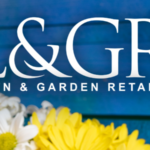

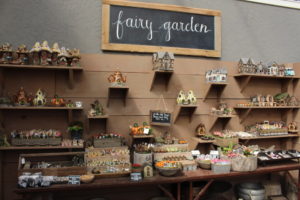

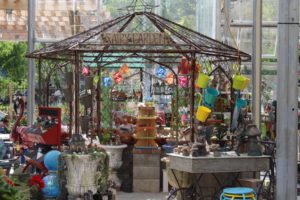
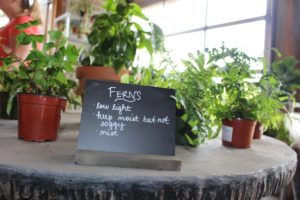
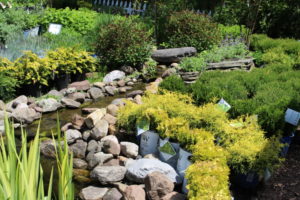
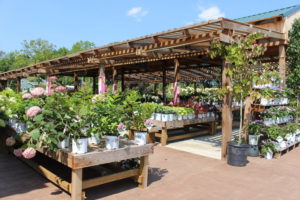
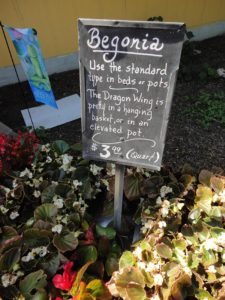
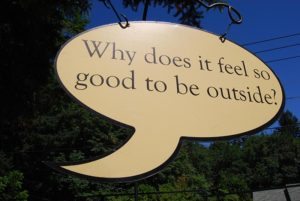
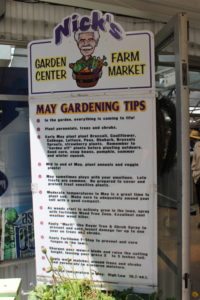
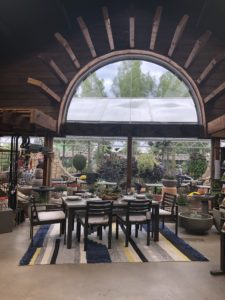

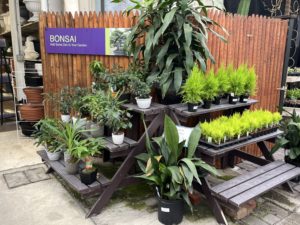
 Videos
Videos





